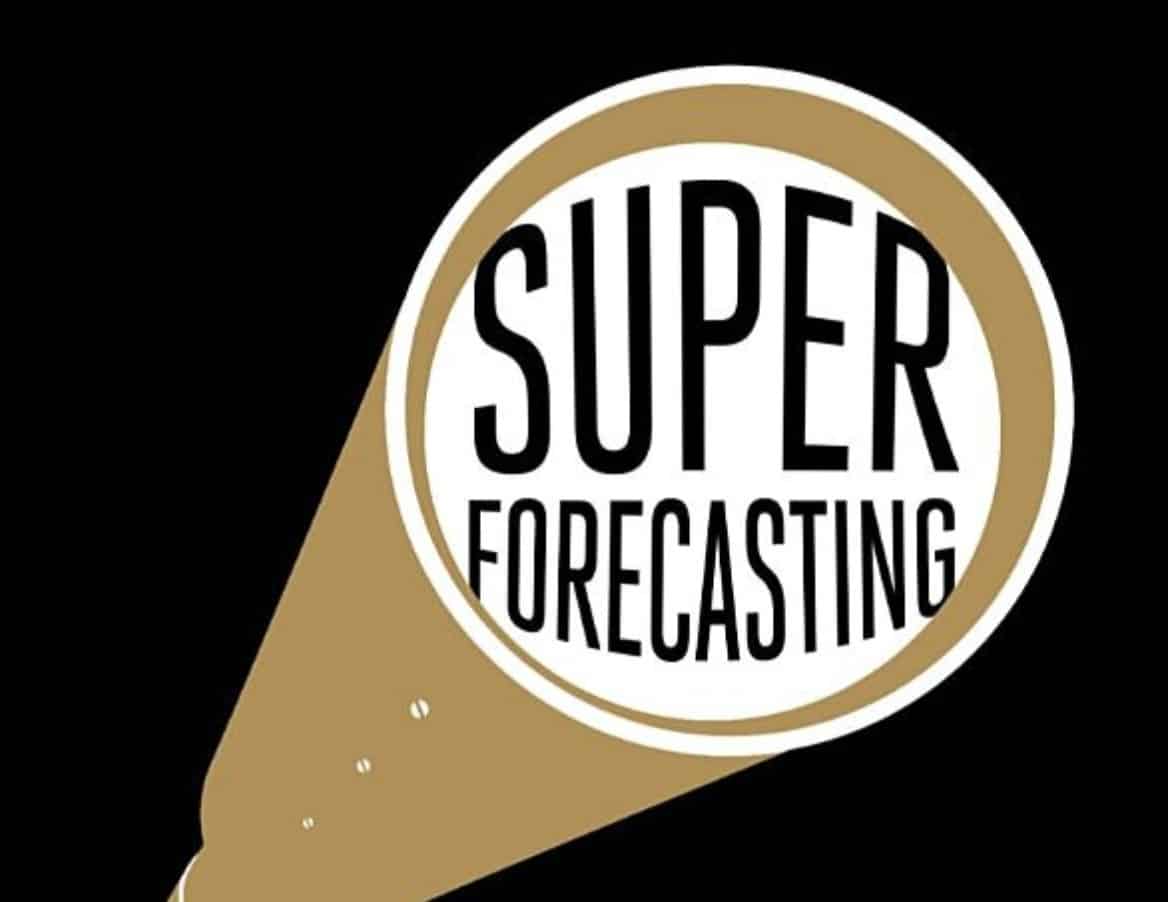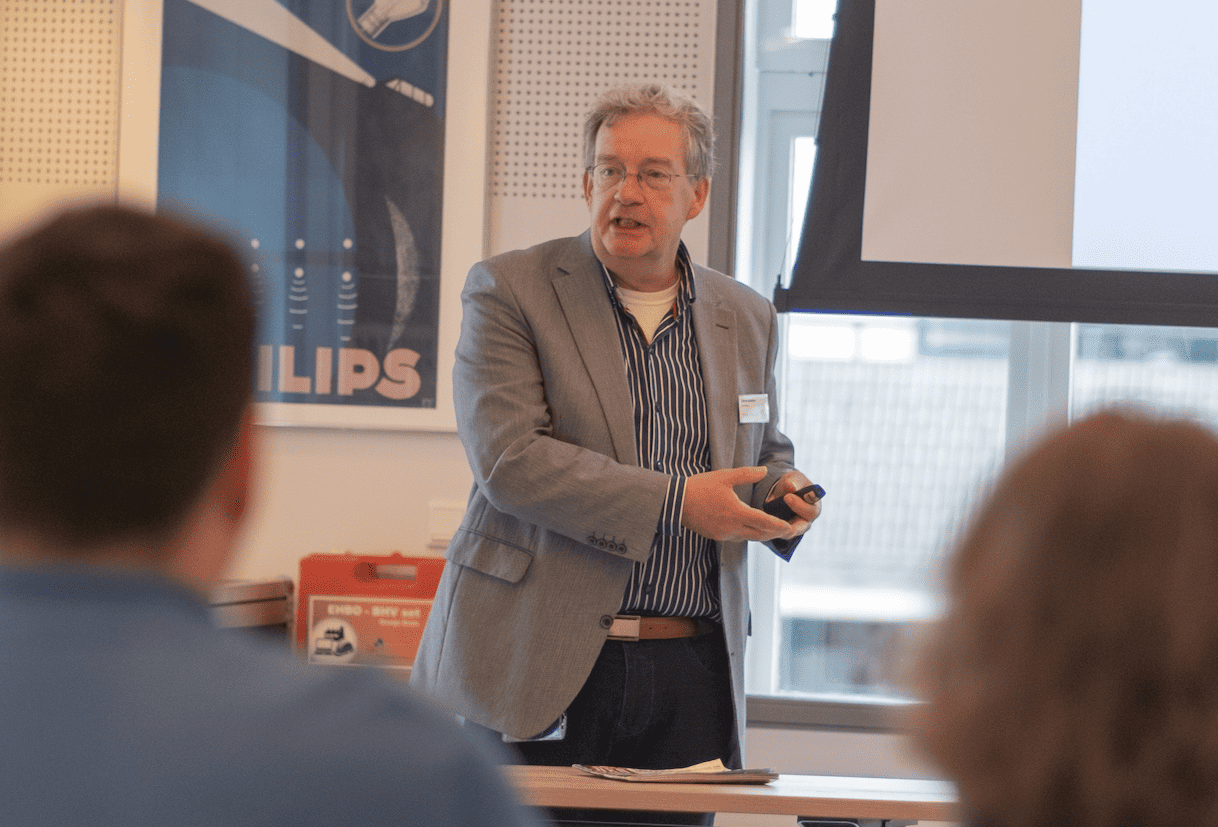
Working at a startup means that you have to deal with a lot of uncertainties. You don’t have track records or any data from your own past to base choices on, which often makes it difficult to make predictions for the future. However, these predictions are necessary to determine, for example, how much funding we need to raise in the coming year or how many reservations we will receive if we reveal the final design of our car.
Not only at startups but in all sectors and in all kinds of areas, both business and private, people are actually constantly making predictions of the future. In their book Super Forecasters, Philip E. Tetlock and Dan Gardner show that people regularly fall into the same psychological pitfalls when making predictions. they provide a number of insights with which you can improve your own predictions by dealing more consciously with the way in which you come to certain conclusions yourself. A number of lessons learned:
- In order to make accurate predictions, it is good to include the widest possible world view instead of just a specific framed picture, as is often the case with groups of experts. The burden of proof is often used to confirm 1 large existing idea (hedgehogs) instead of taking into account as many different angles as possible (foxes) without a preconceived idea of the outcome.
- Language use in predictions is often vaguely inserted. For example, a retrospective study of a prediction in which a ‘plausible probability’ was mentioned showed that opinions about the appropriate percentage of the probability varied between 20-80%.
- A big loss in many cases is real tracking. Only when you track a prediction can you learn from your mistakes and make better predictions more and more often. This learning process is something many algorithms do constantly these days.
- If the big question is too difficult to answer, it may be better to split it into subquestions and answer them first. Sounds simple but is often forgotten.
- When asked how big the chance of outcome XX is, people will judge this chance on how easy they can imagine this happening. This is called the availability bias. They actually replace the asked question with another one and answer it.
I would recommend it to everyone to read the book because this short list does not do justice to the insights it provides. Very relevant when designing decision-making processes but also interesting to know how certain predictions are incorporated in the products we use so that we can eventually use these products better. If, for example, feedback is not given properly about the fact that something is not the absolute truth but is a probability calculation (with input from historical data), it is nice to know for the end user. This is also very relevant for range predictions of an electric car, or for the Lightyear One: how many kilometres can I drive today purely on solar? I realize that it is very important to take the user into account in the way the information we give them later has been created. Like for example, the big question “how far can I drive” in many electric cars is now also better answered by indicating that your air conditioning on or off (sub-question) can at least save you xx kilometres. The other day I was in a car that indicated a “range of the range” so you are more careful with these numbers yourself.
A while ago I also got told that Google Maps uses your historical travel dates to make better predictions about your arrival time at a new route. If you always drive faster than average, then that is included in the prediction. I don’t know if it’s true but after I’ve sweated for 50 minutes yesterday to beat Google Maps for a few minutes on my bike – and still missed my train – I would like some more feedback on that for my future trips so I can improve my own estimates 😉
About this column:
In a weekly column, alternately written by Maarten Steinbuch, Mary Fiers, Carlo van de Weijer, Lucien Engelen, Tessie Hartjes and Auke Hoekstra, Innovation Origins tries to find out what the future will look like. The six columnists, occasionally supplemented with guest bloggers, are all working in their own way on solutions for the problems of our time. So tomorrow will be good. Here are all the previous episodes.






